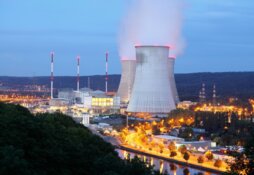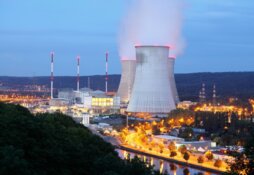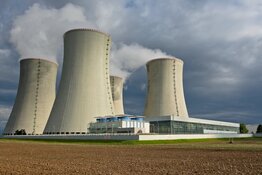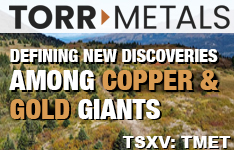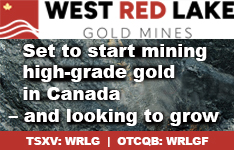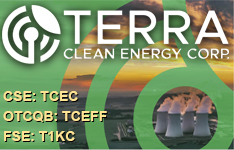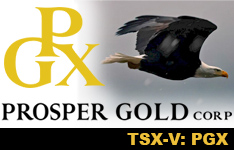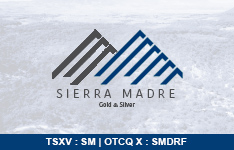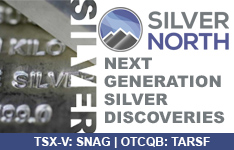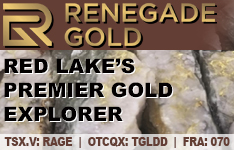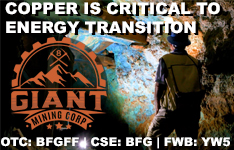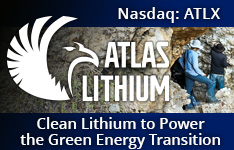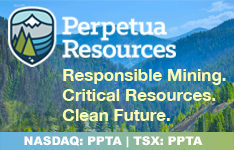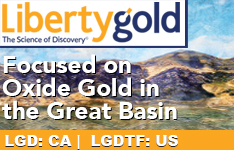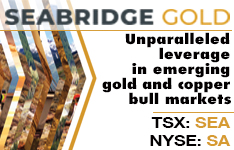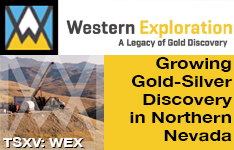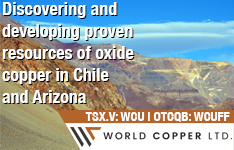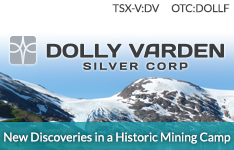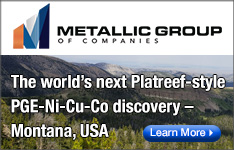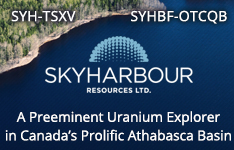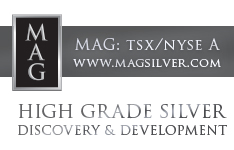Azincourt Energy Corp. (AAZ:TSX.V; AZURF:OTC) announced the start of the introductory work program at the Harrier Project in the Central Mineral Belt of Labrador, Canada.
The project, which includes the previously acquired Snegamook deposit, spans 49,400 hectares (ha) across five distinct license groups, making it one of the largest land holdings in the Central Mineral Belt, the company said in a release on August 13.
It is strategically positioned along key uranium-bearing structural corridors, adjacent to and aligned with Atha Energy's Moran Lake and Anna Lake projects, as well as Paladin Energy's Michelin project, placing Azincourt at the heart of a well-established and expanding uranium region.
"I am excited to get into the field with the crew and see what we have at the Harrier Project," said Vice President of Exploration Trevor Perkins. "We are eager to get working on this underexplored land package in the center of the CMB and see where we can take it."
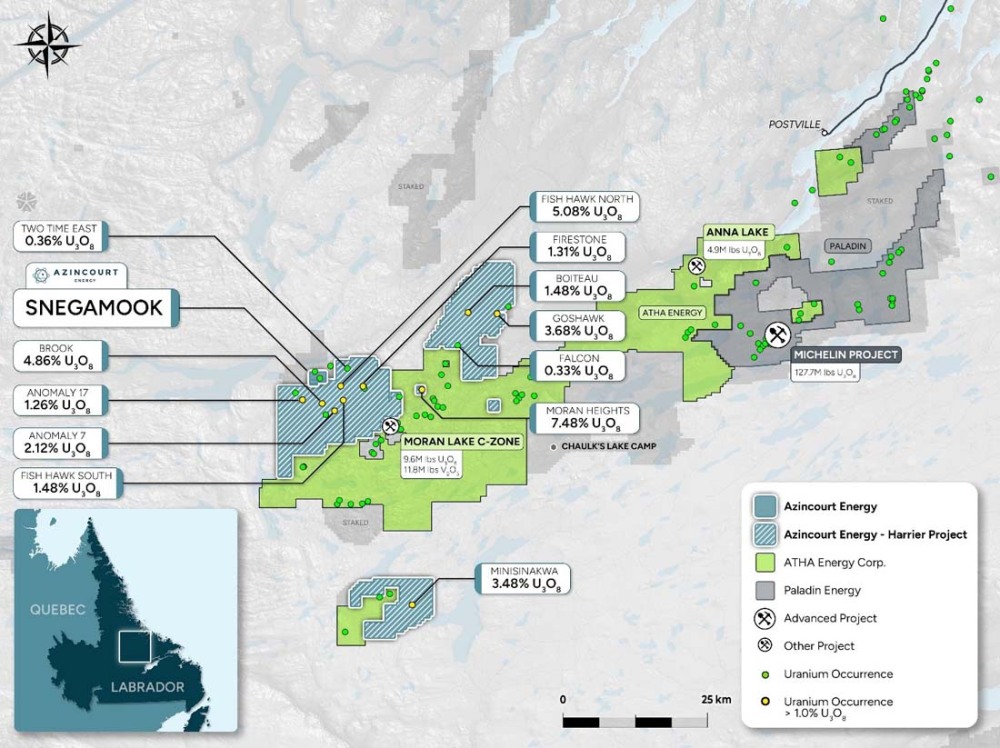
The Harrier Project boasts over a dozen known zones of uranium mineralization, with surface rock samples showing grades as high as 7.48% U₃O₈, and more than 1.0% U₃O₈ in ten distinct zones. This presents a unique combination of grade, scale, and geological consistency. Notably, only 124 drill holes, totaling 19,851 meters (with more than half on the former Snegamook project area), have been completed across the entire property, leaving significant potential for new discoveries using modern techniques.
The initial work program has begun and will last up to three weeks, involving helicopter-supported reconnaissance of existing uranium occurrences and prospecting of previously identified radiometric anomalies, Azincourt said. The goal of this program is to expand the inventory of targets on the project and to prepare the higher-priority targets for diamond drilling.
Snegamook Deposit in Focus
A key focus for diamond drilling is the Snegamook Uranium Deposit. Drilling conducted in 2007 and 2008, following a radon gas anomaly, revealed uranium mineralization located 1.3 kilometers southeast along the strike from the Two Time Zone, which has an indicated and inferred resource of 5.55 million pounds of U₃O₈ (Silver Spruce Resources, June 3, 2008).
Seventeen drill holes intersected a 20 to 50-meter-wide section of uranium-bearing brecciated and altered monzodiorite, featuring moderate to strong chlorite, hematite, and carbonate alteration, similar to the geological setting of the Two Time Zone. In 2008, Silver Spruce Resources prepared a preliminary resource estimate for the Snegamook Zone, but it was never finalized or filed. Updating this deposit with an NI 43-101 compliant resource will be a priority alongside the 2026 field program.
According to Azincourt, Labrador's Central Mineral Belt (CMB) is one of Canada's most underexplored yet highly promising uranium regions. Known for its numerous uranium and base metal deposits and occurrences, the CMB has gained renewed interest due to the increasing global demand for secure, domestic uranium supplies as countries aim to boost nuclear power capacity to achieve net-zero emissions targets.
The CMB hosts several large-scale uranium discoveries, including Paladin Energy's Michelin Uranium Project (127.7 million pounds of U₃O₈), the Moran Lake C Deposit (historical resource of 9.6 million pounds of U₃O₈ and 11.8 million pounds of V₂O₅), and the Anna Lake Deposit (historical resource of 4.9 million pounds of U₃O₈), the company noted.
These known resources highlight the Belt's exceptional uranium potential, yet vast areas remain underexplored, with modern techniques only recently being applied across the region. With its stable jurisdiction, historical high-grade discoveries, and modern exploration momentum, the CMB is emerging as one of North America's most exciting uranium exploration corridors.
'A Long Exploration Runway'
David Talbot, head of equity research at Red Cloud Securities noted the company has an earn-in agreement to fully acquire Harrier. "With the recent Harrier option in the vicinity of its existing Snegamook deposit, Azincourt has a long exploration runway, with a lot of showings to cover and a lot of high-grade smoke," Talbot wrote in a May 14 research note.
The firm maintained its Buy rating on Azincourt without setting a target price. At the time of Talbot's report, Azincourt was trading at about CA$0.03 per share, which is a discount compared to its peers. The company's enterprise value is CA$8.4 million, while its peers average CA$105.8 million.
"We believe that positive exploration results should help drive the stock in the near term," Talbot noted.
The company is required to spend a certain amount on work at Harrier per its earn-in agreement, but this should be manageable given the numerous showings there, Talbot wrote. These commitments are phased over four years and are considered reasonable.
Azincourt believes the CMB, still underexplored, could become Canada's next significant uranium camp. The jurisdiction is stable and hosts many uranium discoveries, unlike other remote regions in the Far North. "There is already some critical mass in the [CMB], thus some of these emerging deposits may help push the entire district forward towards development," Talbot pointed out.
The Catalyst: Sector Navigating Complex Dynamics
The uranium sector is currently navigating complex supply-demand dynamics influenced by changing policy priorities and structural demand growth. According to the World Nuclear Association, global mine production meets about 90% of uranium needs, with the remainder coming from secondary sources like recycled material and stockpiles.
While spot uranium prices recovered between 2003 and 2009, they have remained low since, with the Association noting that "the price cannot indefinitely stay below the cost of production."
The Association's 2023 Nuclear Fuel Report forecasts a 28% increase in uranium demand from 2023 to 2030, driven by the long-term nature of nuclear power generation, which is less sensitive to short-term economic fluctuations.
In a July 14 market commentary, Sprott reported a sharp rebound in uranium prices and equities during June. Spot uranium rose 9.99% to US$78.56 per pound, while uranium mining equities gained 18.19%. This momentum was attributed to renewed institutional investment and supportive policy developments in the U.S. and Europe, including the World Bank’s decision to lift its ban on nuclear project financing and the preservation of U.S. tax credits for nuclear energy.
"World Bank and global governments are turning pro-nuclear, boosting the long-term uranium demand outlook," Sprott wrote, also noting the influence of artificial intelligence infrastructure, with over 28 gigawatts of nuclear-linked capacity announced to support data centers.
Crux Investor highlighted ongoing challenges in the sector. Although political support for nuclear energy has improved regulatory conditions, uranium prices remain below the levels typically required to incentivize new production.
Prices near US$65 per pound fall short of the US$100 threshold often cited as necessary for new supply to come online. Term contracts are being signed at prices above US$80 per pound, reflecting utilities’ willingness to secure supply, but long-term production constraints remain, particularly as high-grade reserves are depleted and processing infrastructure remains limited.
 Streetwise Ownership Overview*
Streetwise Ownership Overview*
Azincourt Energy Corp. (AAZ:TSX.V; AZURF:OTC)
The report also pointed to rising interest in domestic uranium supply within North America, driven by geopolitical considerations. “Domestic uranium commands premium pricing due to supply chain security concerns,” Crux stated, highlighting the strategic advantage of U.S.-based sources. Utilities are increasingly focused on securing reliable domestic supply, particularly as demand from data centers and national infrastructure expands.
Ownership and Share Structure
According to Refinitiv, insiders and institutional investors own 0.78% of Azincourt Energy. President, CEO and Director Alex Klenman is the major shareholder, with 0.34%. Other insider shareholders are Director Paul Reynolds and Vice President of Exploration Trevor Perkins.
Institutional investors include Arrow Capital Management LLC and Tidal Investments LLC. The rest is in retail.
Azincourt has 453.92 million (390.54M) outstanding shares and 387.5M free float traded shares. Its market cap is CA$5/64 million. Its 52-week range is CA$0.00–0.03 per share.
| Want to be the first to know about interesting Uranium investment ideas? Sign up to receive the FREE Streetwise Reports' newsletter. | Subscribe |
Important Disclosures:
- Azincourt Energy Corp. has a consulting relationship with Street Smart an affiliate of Streetwise Reports. Street Smart Clients pay a monthly consulting fee between US$8,000 and US$20,000.
- As of the date of this article, officers and/or employees of Streetwise Reports LLC (including members of their household) own securities of Azincourt Energy Corp.
- Steve Sobek wrote this article for Streetwise Reports LLC and provides services to Streetwise Reports as an employee.
- This article does not constitute investment advice and is not a solicitation for any investment. Streetwise Reports does not render general or specific investment advice and the information on Streetwise Reports should not be considered a recommendation to buy or sell any security. Each reader is encouraged to consult with his or her personal financial adviser and perform their own comprehensive investment research. By opening this page, each reader accepts and agrees to Streetwise Reports' terms of use and full legal disclaimer. Streetwise Reports does not endorse or recommend the business, products, services or securities of any company.
For additional disclosures, please click here.



